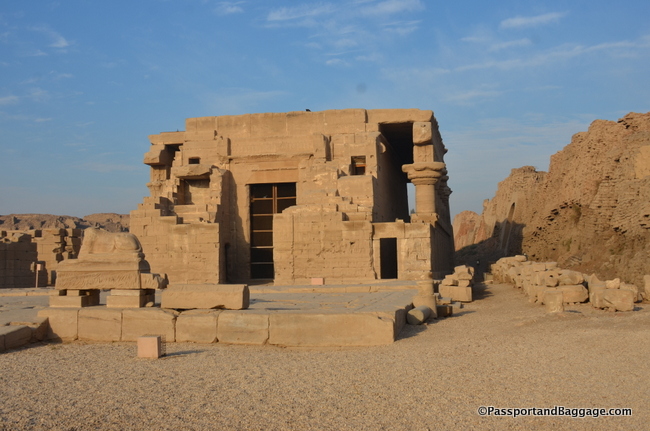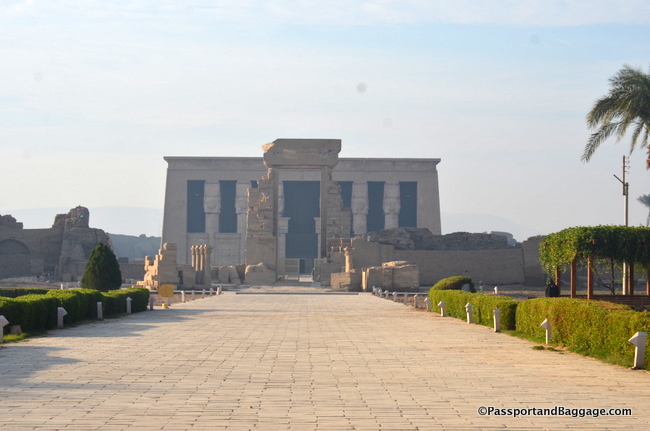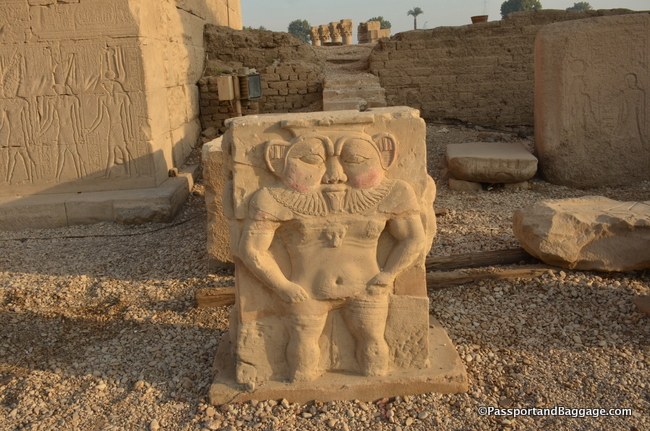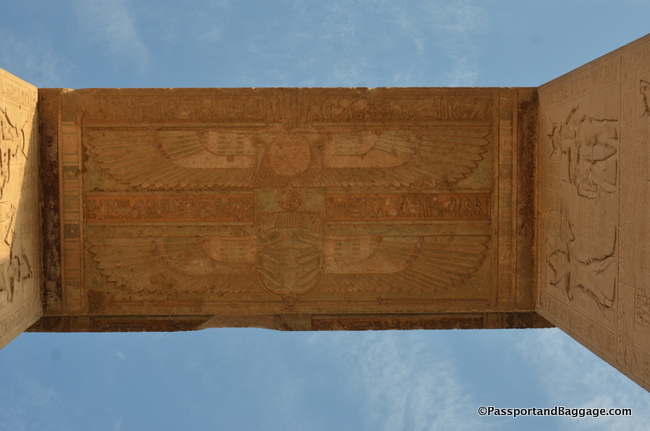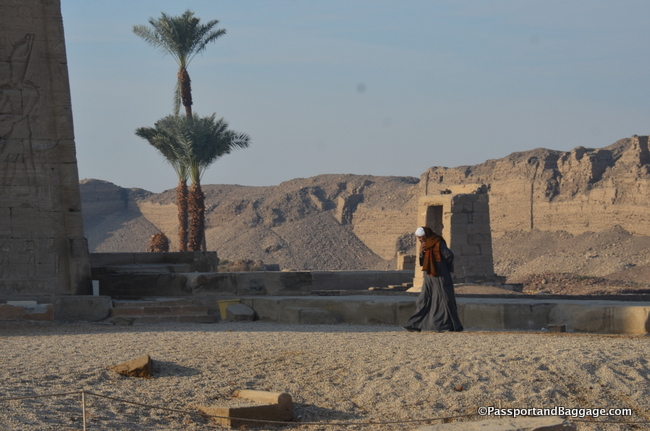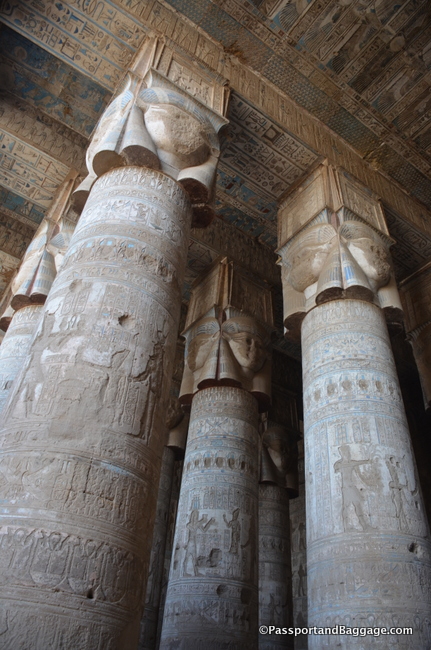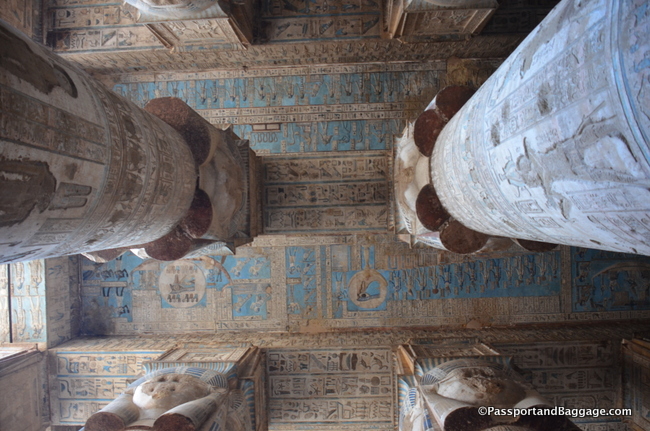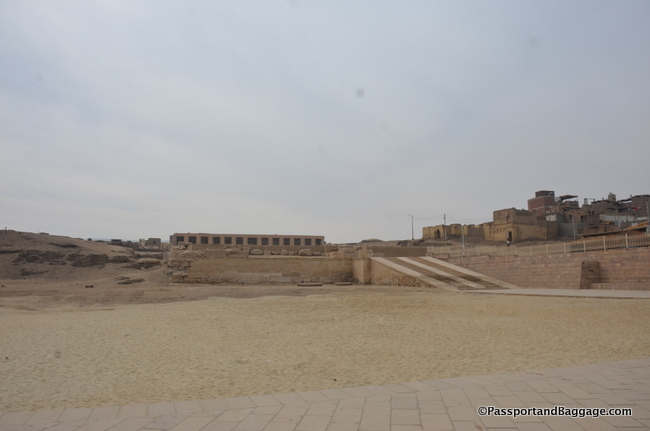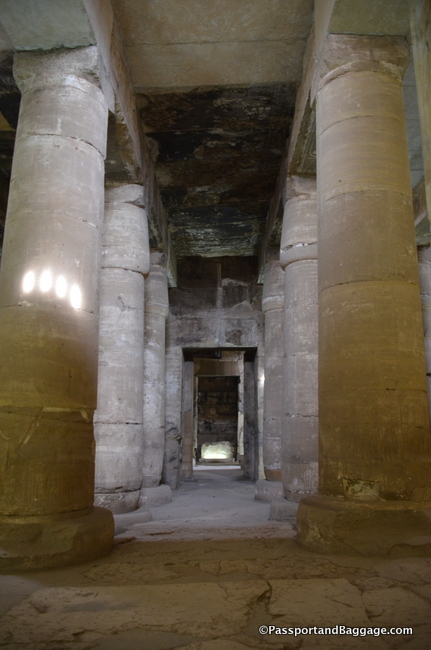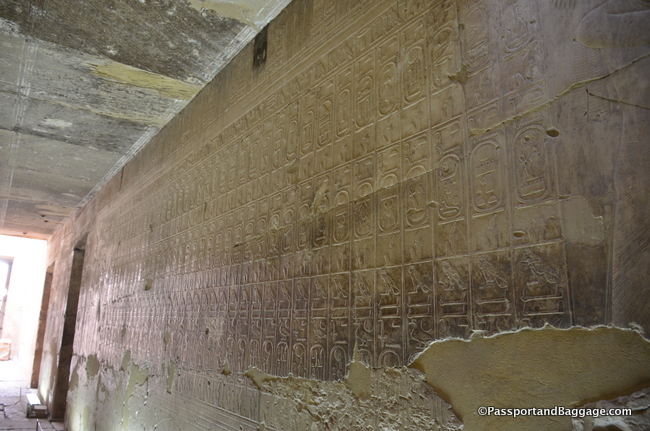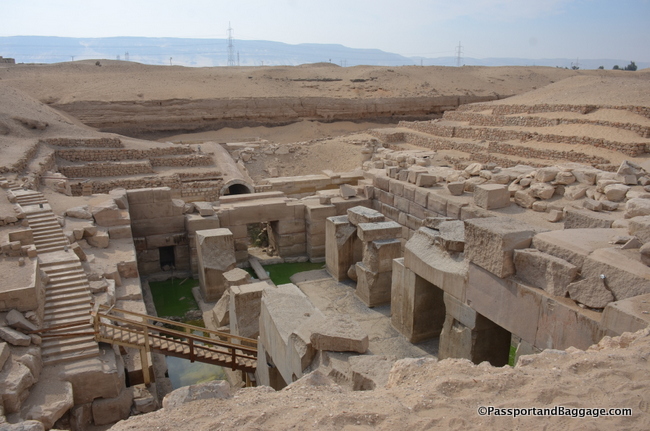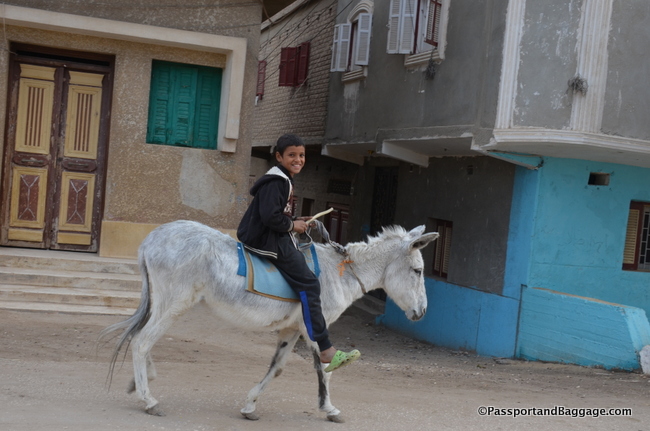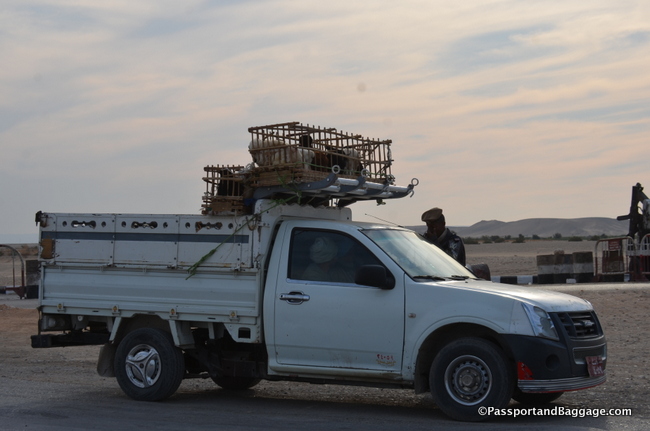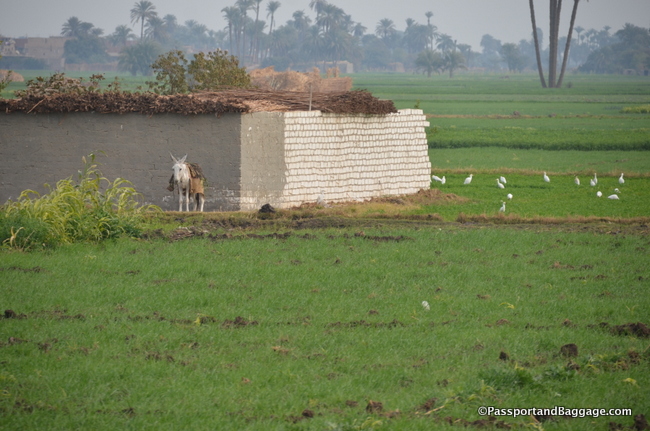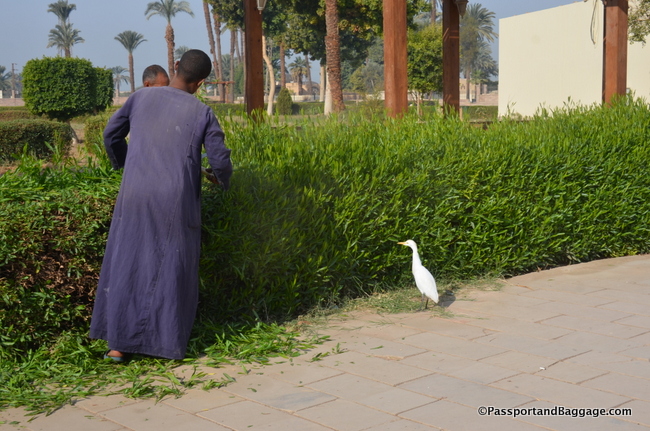Egypt
January 1, 2019
The whole complex of Dendera covers about 10 acres and is surrounded by a mud brick wall. Dendera was a site for shrines from the beginning of the history of ancient Egypt. It is thought that pharaoh Pepi I (c. 2250 BCE) built on this site and evidence exists of a temple in the eighteenth dynasty (c. 1500 BCE). The earliest extant building in the compound today is the Mammisi raised by Nectanebo II – last of the native pharaohs (360–343 BCE).
The above photo is Hathor temple which has been modified on the same site starting as far back as the Middle Kingdom and continuing right up until the time of the Roman emperor Trajan. The existing structure was built no later than the late Ptolemaic period. The temple, dedicated to Hathor, is one of the best-preserved temples in all of Egypt.
The god Bes has always been one of my favorites ever since I saw a depiction of him in a museum in Athens years ago. Bes is the god of home, children, childbirth, song, and dance. He is an ugly, bearded dwarf with some leonine features. He was a popular everyday god preventing snakes and scorpions from harming the family. This Bes sits just outside the Hathor Temple at Dendera.
*
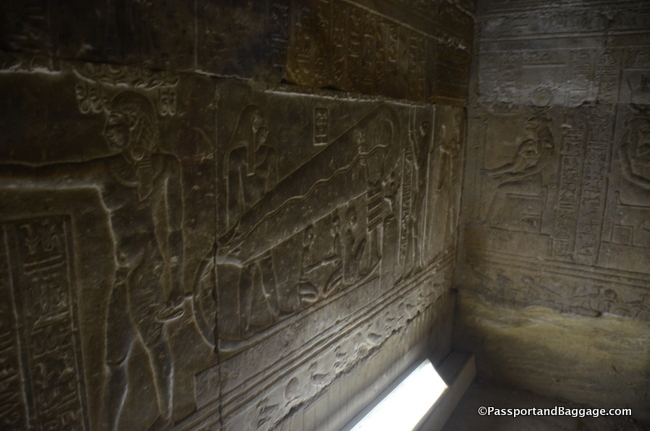
There are catacombs in Dendera that are quite a site to see if you have the wits to climb down through the narrow opening, they once held the gold of the temple.
The above photo shows the Dendera light. Some people say it looks like a fluorescent lightbulb Egyptologists believe that the relief is a mythological depiction of a djed pillar and a lotus flower, spawning a snake within, representing aspects of Egyptian mythology.
The djed is one of the more ancient and commonly found symbols in ancient Egyptian religion. It is a pillar-like symbol in Egyptian hieroglyphs representing stability. It is associated with the creator god Ptah and Osiris, the Egyptian god of the afterlife, the underworld, and the dead. It is commonly understood to represent his spine.
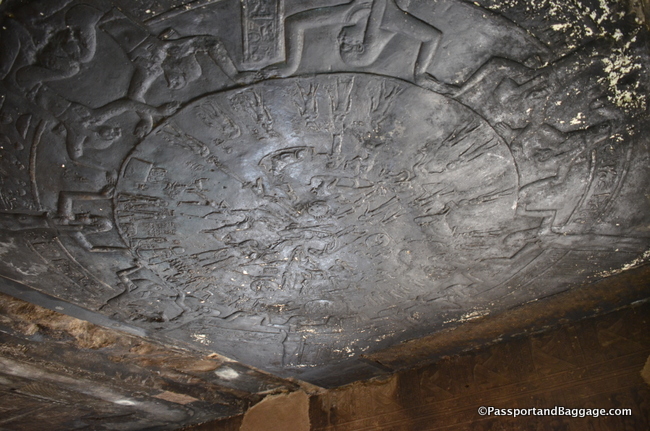
The sculptured Dendera zodiac is a widely known relief found on the site. It contains images of all the zodiac signs with Taurus and the Libra being the most prominent due to their good condition. A sketch was made of it during the Napoleonic campaign in Egypt. In 1820 it was removed from the temple ceiling by French colonizers and replaced with a fake. There is controversy as to whether they were granted permission by Egypt’s ruler, Muhammad Ali Pasha, to do so, or whether they stole it. The real one is now in the Louvre. Egyptologists date it to the first century BCE.
What moved me most in Abydos was the immense size of everything.
The Abydos King List contains the names of seventy-six kings of Ancient Egypt. It consists of three rows of thirty-eight cartouches in each row.
Besides providing the order of the Old Kingdom kings, it is the sole source to date of the names of many of the kings of the Seventh and Eighth Dynasties.
This list omits the names of many earlier pharaohs who were apparently considered illegitimate — such as the Hyksos, Hatshepsut, Akhenaten, Smenkhkare, Tutankhamen, and Ay.
In the back of Hathor Temple is the ancient temple Osirion built at a considerably lower level than the foundations of the temple of Seti. Some say that it was constructed by Amenemhet III (1860 BCE to c. 1814 BCE). The bottom is filled with water, that fluctuates with the rains.
These two temples are quite a ways away from Luxor, here are some of the life you pass as you go to and fro.
To get from Luxor to these two sites one must travel the desert highway. Since I was a tourist my car was accompanied by a police escort for the time I was on the desert highway. We would stop at one stop and give the name of the driver and the guide and their license numbers and the fact that I was an American, although they often said I was from England, then they would radio ahead to tell the next station we were coming. Sometimes we had to wait at the stations as there wasn’t an escort car immediately available. Everyone was so very kind, and the escort police were young and always bore a smile, but it felt a little unnerving and at the same time a sad waste of manpower.
